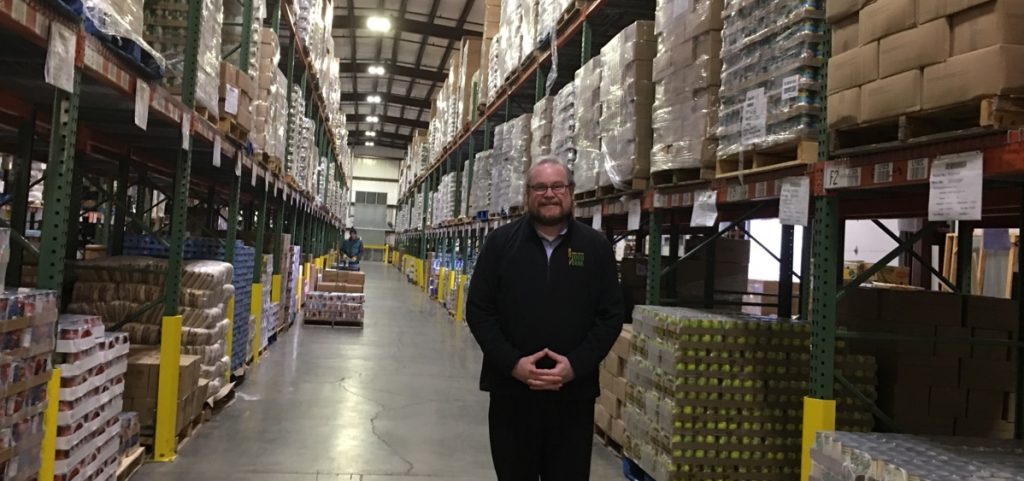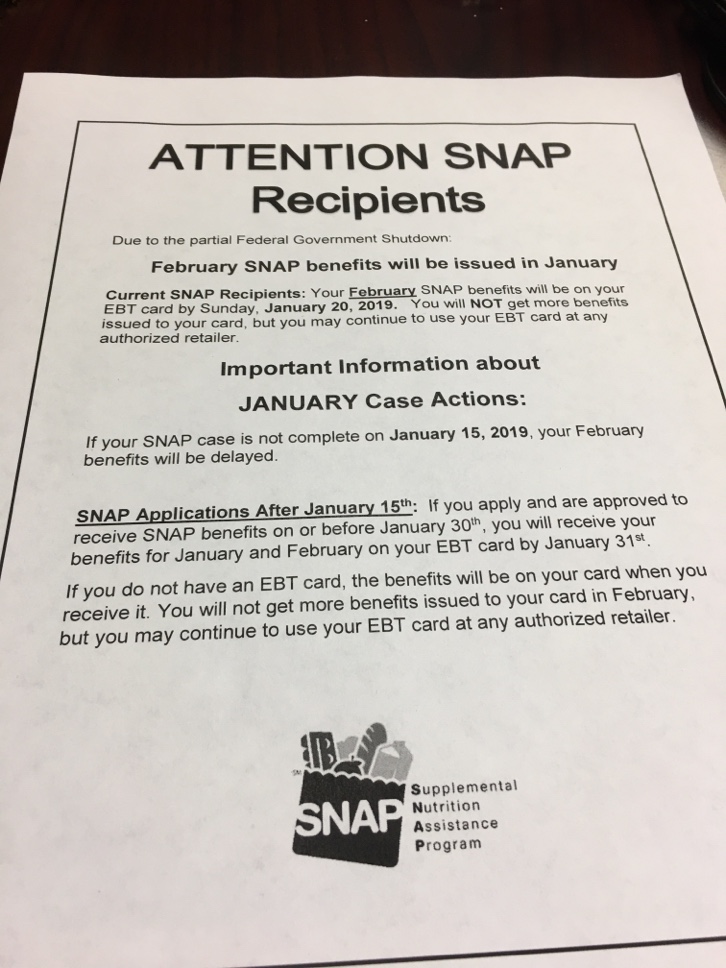News
Food Aid A Concern As Government Shutdown Affects SNAP Payments
< < Back toThe partial shutdown of the federal government is affecting families depending on the federal Supplemental Nutrition Assistance Program program, or SNAP. Benefits for February have come early as a temporary fix to avoid anticipated disruptions should the shutdown drag into another month.
But the leader of God’s Pantry Food Bank in Lexington, Kentucky, said the threat of hunger remains.
CEO Mike Halligan pushed open the door to a huge warehouse serving 50 Kentucky counties. Pallets of beans, pineapple, bottled water, and rice wrapped in a clear plastic stretch to the top tier of the scaffolding, which warehouse workers call “the sky”.

Similar pantries serve 2.5 million people receiving SNAP benefits across the Ohio Valley.
Halligan said those numbers make even communicating about the current situation a challenge.

He said flyers have been posted with the information about the early payment. Websites have been updated. One-on-one outreach is underway. But still, he suspects a number of people will see the additional money in their account and think it’s a windfall.
He warned that SNAP clients “shouldn’t think about this amount of money they just received on their cards as a bonus. It is their February SNAP benefit early.”
This all came about because the government shutdown cut off what are called “transfer payments.” To continue funding SNAP the USDA found a loophole to allow payments through Jan. 20.
That money was added electronically to the debit-like card used by SNAP clients. The early payment will help ensure people have some access to food in February. Halligan said if the shutdown doesn’t end soon, mid-February may be a tipping point.
“Wintertime is one of the greatest risks for people who are food insecure,” he said. “Electricity costs increase because you are lighting your home for more waking hours in the day. When kids aren’t in school because school is closed for weather or over a holiday, that food budget actually gets stretched further.”
Add to that a growing number of new clients at food pantries due in part to the government shutdown.
“Some of that is because federal employees are currently out of work,” he said.
He said the shutdown reinforces how critical SNAP is. In some counties across the region, as many as 25 percent of residents qualify for SNAP.
“For every one meal that a food bank is able to distribute, SNAP provides 12,” he explained. “There’s no way that food banks and private support and other sources of public support can replace SNAP. There just aren’t enough resources to provide 12 times what the food bank distributes if SNAP stops.”


